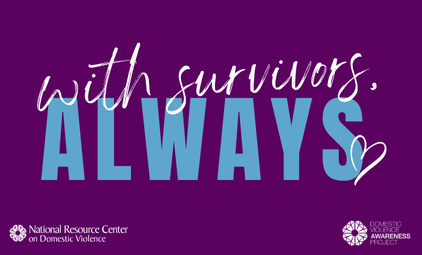"The searchers rummage through the abandoned trailer, flipping over a battered couch, unfurling a stained sheet, looking for clues. It’s blistering hot and a grizzly bear lurking in the brush unleashes a menacing growl. But they can’t stop.
Not when a loved one is still missing.
The group moves outside into knee-deep weeds, checking out a rusted garbage can, an old washing machine — and a surprise: bones.
Ashley HeavyRunner Loring, a 20-year-old member of the Blackfeet Nation, was last heard from around June 8, 2017. Since then her older sister, Kimberly, has been looking for her.
She has logged about 40 searches, with family from afar sometimes using Google Earth to guide her around closed roads. She’s hiked in mountains, shouting her sister’s name. She’s trekked through fields, gingerly stepping around snakes. She’s trudged through snow, rain and mud, but she can’t cover the entire 1.5 million-acre reservation, an expanse larger than Delaware.
'I’m the older sister. I need to do this,' says 24-year-old Kimberly, swatting away bugs, her hair matted from the heat. 'I don’t want to search until I’m 80. But if I have to, I will.'
Ashley’s disappearance is one small chapter in the unsettling story of missing and murdered Native American women and girls. No one knows precisely how many there are because some cases go unreported, others aren’t documented thoroughly and there isn’t a specific government database tracking these cases. But one U.S. senator with victims in her home state calls this an epidemic, a long-standing problem linked to inadequate resources, outright indifference and a confusing jurisdictional maze.
Now, in the era of #MeToo, this issue is gaining political traction as an expanding activist movement focuses on Native women — a population known to experience some of the nation’s highest rates of murder, sexual violence and domestic abuse."
Read the full article here. To learn more about this topic, see our Gender Based Violence and Intersecting Challenges Impacting Native American & Alaskan Village Communities special collection.















